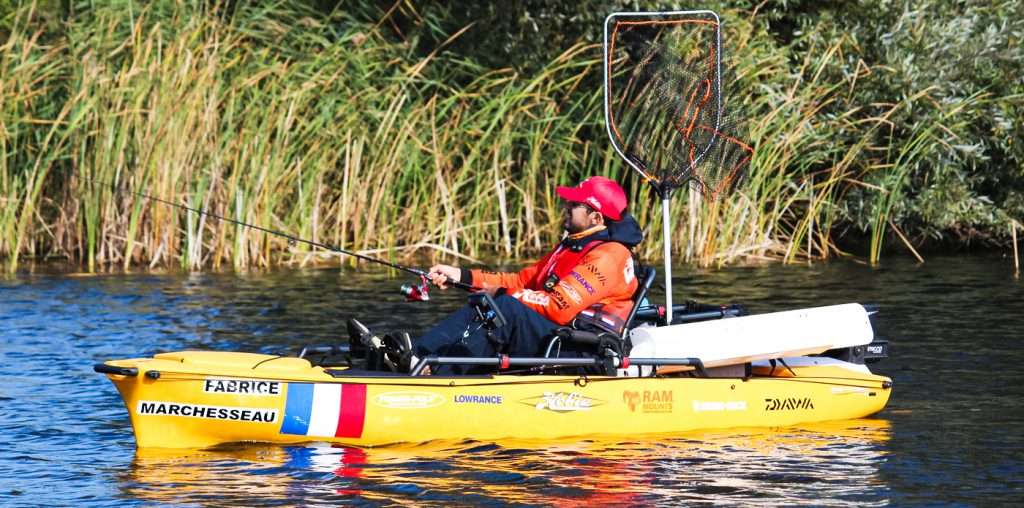Learning a proper kayak paddling technique is an essential step to enjoying your time on the water. Even recreational users benefit greatly from learning proper technique because it means that they can go longer while experiencing less fatigue and muscle soreness. It will also help to prevent overuse injuries that often stem from bad habits and lazy paddle strokes.
Instructions
Difficulty: Moderately Easy
Preparing to Paddle
Things You’ll Need:
- Kayak Paddle Life vest (PFD)
- Kayak
- Paddle
- Life vest (PFD)
Step 1
Adjust the foot pegs to a comfortable position when the kayak is on solid ground. Your knees should be slightly bent and pressing gently against the inside of the boat.
Step 2
To enter the kayak, carefully place one foot at a time inside the cockpit while you balance the boat with one hand on each side of the cockpit rim.
Step 3
Sit on the back of the cockpit with both feet on the seat inside, then bend your knees and slide forward into the seat. Remember to use your arms to keep the boat stable. Make sure your back is straight and shoulders pressed back–do not slouch.
Step 4
Pick up your paddle and align its center with the center of your body. Place the paddle on your head so that your arms make 90-degree angles. This is the correct placement for your hands. Now, lower the paddle, and check to see that your hands are equidistant from the paddle blades.
Step 5
It can be helpful to practice holding the paddle on dry land. Rotate the paddle while standing up to get a feel for the motion, which should originate from your core. Your control hand must grip the paddle shaft while your other hand allows the shaft to rotate with each stroke. Do not grip too hard with the control hand or your fingers will cramp up and lock around the paddle.
Forward Stroke
Step 1
Reach forward with your control hand so that the paddle blade enters the water at your feet, between 2 and 3 inches from the boat. Submerge the whole blade but not the shaft, and make sure to position your shoulders correctly (rotated in the direction of the paddle blade).
Step 2
Twist your torso as you pull the blade back toward your hips. Keep the blade the same distance from the boat during the stroke, and do not allow it to pass behind the seat. When your arm begins to bend, bring the blade out of the water and rotate to the other side for your next stroke. Try to keep this motion continuous.
Step 3
Avoid pulling too hard with your lower arm because this is sure to cause fatigue. Instead, think about punching or pushing the other arm toward your feet.
Tips & Warnings
- When fatigued, focus on the simple things, like reaching forward for each stroke and punching the recovering hand toward your feet. Think about using your legs and core muscles–not your arms–to propel the boat forward. Keep your head facing in the direction you wish to travel. Try to find a rhythm, and maintain that steady pace throughout your time on the water. Soon, paddling will become second nature, and you will find yourself able to enjoy the surroundings even more.
- When fatigued, focus on the simple things, like reaching forward for each stroke and punching the recovering hand toward your feet.
- Think about using your legs and core muscles–not your arms–to propel the boat forward.
- Keep your head facing in the direction you wish to travel.
- Try to find a rhythm, and maintain that steady pace throughout your time on the water.
- Soon, paddling will become second nature, and you will find yourself able to enjoy the surroundings even more.
- Technique is far more important than strength when paddling. Do not let yourself fall victim to poor habits: slouching in the seat, poor body rotation, hand movement along the shaft. This will breed more poor habits and is likely to lead to injury.

